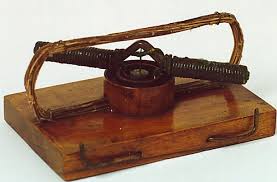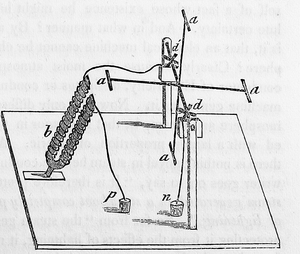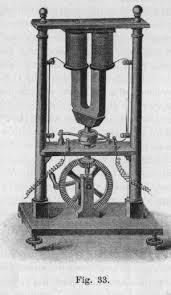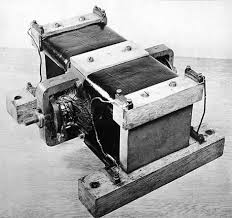Machines have always played a large role in today’s society. They have made everything run smoothly and, in a sense, has made our world turn. One of the most important machines has been motors. It was one of the main industries in America in the early 1900’s. The use and mass production of motors have shaped the nation we live in today.
What is a Motor?
When people think of motors, they often go right to “the thing that powers their car”. This is somewhat correct, but the exact definition is “a machine, especially one powered by electricity or internal combustion, that supplies motive power for a vehicle or for some other device with moving parts”. There are many different types of motors, that do different things and work many different ways. There has been many inventions to make them faster, more efficient, smaller, and more helpful in everyday use.
History
The start of electric motors was in the middle of the 18th century. They were simple electrostatic devices made by a Scottish monk. It was based on the attraction and repulsion of electric charge, which is different from current electric motors that are based on magnetic attraction and repulsion.
The idea of motors came up again in the 19th century. There were many advancements including Ampere’s force law and Faraday’s electromagnetic experiment. Ampere’s force law stated that “in magnetostatics, the force of attraction or repulsion between two current-carrying wires”. Also, there was Faraday’s experiment that has been used for years to show many different physics laws. He also was one of the most influential experimentalists of this era and he made many discoveries, including magnetic waves.

Another very influential physicists during the 19th century was Anyos Jedlik. He started with electromagnetic coils and later moved onto researching what would become the current day commutator. Also, he created the first DC motors that were called “electromagnetic self-rotors”. It did not require magnets, but it required currents that flowed through the wiring.

There was also many different advancements in the electric motor field which include:
1800: The battery is created by Alessandro Volta
1820: The invention of a magnetic field
1822: The first rotating device driven by electromagnetism was built by Peter Barlow

1825: The invention of the electromagnet by William Sturgeon

1832: The commutator is invented by William Ritchie and Hippolyte Pixii

1835: Two men were able to pull a small car using an electric motor
1838: Moritz Jacobi created the most powerful motor of the time. He was able to pull a boat full of people across a river. Many others for the next few years would try to built something even better and they succeeded.
1872: The drum armature was invented by Friedrich Hefner-Alteneck

Different Types of Motors and How they Work
There are two main electric motor types: DC and AC.

DC:
DC motors are powered and connected to a direct current. There is a fixed magnet on the outside and then on the inside there is an armature that carries the current. When the wire armature has been powered, it begins to rotate. The rotation happens because the the electromagnet gets stuck on opposite poles and then are attracted to each other. To get over this, the currents must be switched using brushes that rest against the commutator.

AC:
AC motors, or alternating current motors, are the most common in household objects. Instead of currents running through the armature coils like the DC motors, they run through the rotation coils. They also use a primary and secondary magnet. The primary winding is directly connected to the power source, while the secondary magnet is receives energy from the primary. There is a stator on the exterior that uses AC current to create a revolving magnetic field. Then there is an interior stator that is connected to the output and creates torque while using the magnetic field.

The science behind electirc motors are always changing. They are getting better and faster to keep up with our fast paced way of life. Although this what we have so far, people across the world are still researching and developing off of what we already know.
Works Cited:
All photos and gifs came from Google
http://www.edisontechcenter.org/electricmotors.html
http://solarbotics.net/starting/200111_dcmotor/200111_dcmotor.html
https://www.eti.kit.edu/english/1376.php
http://hyperphysics.phy-astr.gsu.edu/hbase/magnetic/motorac.html
http://www.electrical4u.com/dc-motor-or-direct-current-motor/
http://www.electricaleasy.com/2014/03/flemings-left-and-right-hand-rule.html
http://electronics.howstuffworks.com/brushless-motor.htm